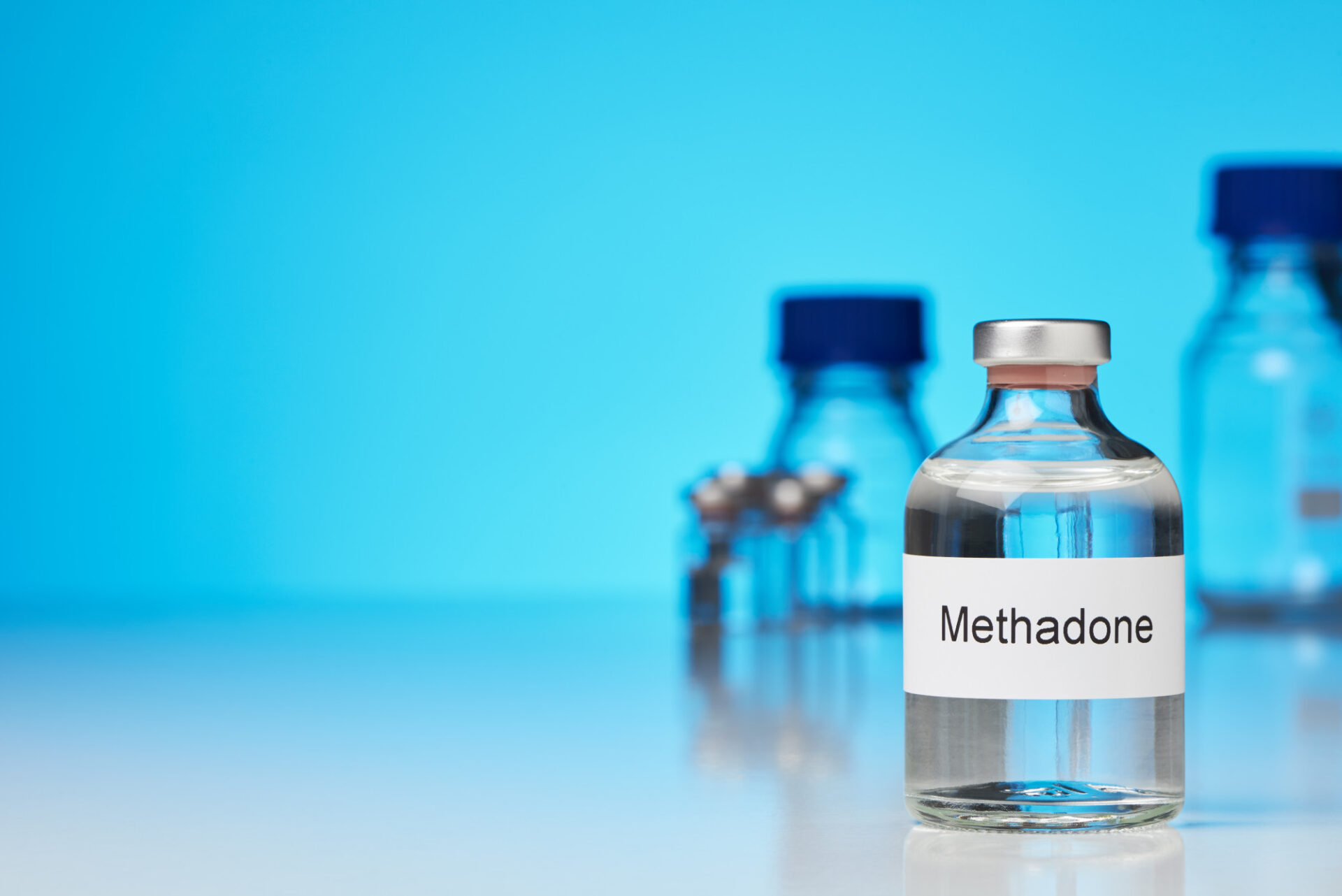
According to the National Institute on Drug Abuse, there are close to 70,000 opioid drug overdoses in the United States every year. This has prompted physicians, policymakers, and advocates to look for new ways to address this epidemic. Fortunately, medications like Suboxone and methadone have helped a great deal in this regard.
If you or someone you know are experiencing opioid addiction, you may have heard of these medications. Both work to address cravings from withdrawal but have distinct effects on the body. You might be wondering what these are and which treatment is best.
Understanding the differences between the two is imperative to safe, effective therapy. This article lays out information on Suboxone and methane basics, as well as the differences between the two. It will help you determine which one is right for you.
What Is Opioid Withdrawal?
Opioids are a class of substances that are used to treat pain. While often used interchangeably, the terms “opiates” and “opioids” have distinct meanings.
“Opiates” refers to natural opioids, like morphine, heroin, and codeine. “Opioids” generally means the natural, synthetic, and semisynthetic drugs in this category. These can include prescription pain medications, often given after major surgery.
“Opioid withdrawal syndrome,” sometimes called “opioid use disorder,” occurs when there is an unsuccessful attempt to cut down or control drug use. It results in cravings as well as withdrawals when opioids leave your system.
What Is Methadone?
Methadone drugs refer to synthetic medications used to curb opioid addiction. German scientists first developed them during World War II to address morphine shortages.
Methadone was prescribed in the United States throughout the 1950s and 60s. It has remained a popular treatment for heroin and opioid addiction since that time.
Methadone is an opioid “agonist.” This means it reduces the debilitating symptoms associated with opioid withdrawal syndrome.
It works by activating the same receptors in the brain triggered by opioid use. This stops the nervous system from sending out signals associated with withdrawal cravings.
You can only take methadone orally. Available methods include liquid, pills, and dissolvable tablets.
What Is Suboxone?
Suboxone is another treatment for opioid addiction, first approved by the U.S. Food and Drug Administration in 2002. Suboxone drugs include two components: buprenorphine and naloxone.
Buprenorphine, which is 80 percent of the cocktail, works in a very similar way as methadone. It too blocks the brain’s receptors. However, it does so less strongly than a “full agonist” agent.
Naloxone, the other 20 percent of Suboxone, is an opioid “antagonist.” It blocks the full activation of opioid receptors. This helps tamp down the effects of buprenorphine.
This also gives Suboxone the added benefit of dissuading the use of opioids or heroin in the person taking it. Since it blocks the brain’s receptors from activation, the illicit drugs themselves will fail to induce a high.
Suboxone comes in either pill form or a strip that you place under your tongue. For a more permanent application, you can receive injections. These keep the medication in your body for about a month.
Differences Between Suboxone and Methadone
Both Suboxone and methadone are effective treatments for opioid addiction. They are safe to take when properly administered.
Suboxone acts as a partial agonist opioid, similar to methadone in its ability to attach to the brain’s opioid receptors. However, unlike methadone, it does not fully activate these receptors. This characteristic of being a partial agonist means Suboxone might not be as potent in controlling cravings and withdrawal symptoms in intense addiction scenarios.
Another difference between Suboxone vs. Methadone is that Suboxone is taken daily but is done so at home, while Methadone is done daily but in a clinic setting. This means that you can get Suboxone online, but can’t get Methadone online.
Prescription
There are distinct benefits of Suboxone over methadone. One is that a physician can prescribe Suboxone online, whereas methadone must be administered at a licensed clinic. Being able to receive Suboxone in an outpatient setting is more convenient and can go a long way toward ensuring the continuity of administration––it ensures you have the medication you need when cravings hit.
Also, you must take methadone daily. This leaves more opportunities for missed doses and the prospect of relapse.
Suboxone, in its oral form, must also be ingested daily. However, the injection option keeps the medication working for one month. This adds to the convenience as well as less opportunity of missing a dose.
Side Effects
Side effects of methadone and Suboxone can include restlessness and heavy sweating. Some people experience slowed breathing, itchy skin, and nausea. Some of these side effects, if present, will dissipate over time with continued use of the medications.
Addiction and overdose are possible with both Suboxone and methadone. This means people taking it could also experience withdrawal symptoms after they stop taking the drugs. While both are much less potent than the substances they help recover from, it is important to be aware of this risk.
There also is the chance of increased dependence and withdrawal symptoms from methadone. Another big advantage of Suboxone is that, in most cases, it is much less addictive than methadone.
Likewise, the effects of Suboxone taper off beyond a certain dosage, called the “ceiling effect.” This makes it much less likely that someone would overdose on Suboxone than methadone.
Consider Both as Options
Like most medications, the effectiveness of Suboxone and methadone can vary among individuals. This includes side effects. It may demand some trial and error to determine how each medication affects you.
Due to the reasons stated above, including less potential for abuse, the most common trend today is to start taking Suboxone. If it is ineffective, then methadone may be an option.
For people who have had success taking methadone in the past but have relapsed for other reasons, a doctor or substance abuse counselor may want you to stay with it. It will depend on the individual and their unique circumstances.
Learn More About Suboxone and Methadone Treatment
Now that you understand the differences between suboxone and methadone, you can better determine which course of treatment is best for you or your loved one. Finding the right treatment is one of the most effective things you can do for a successful recovery.
Telemedicine is the new frontier in opioid addiction treatment. Recovery Delivered uses evidence-based practices in an online forum, to optimize access to care. Reach out to us today to learn more about our services or for a free consultation.


